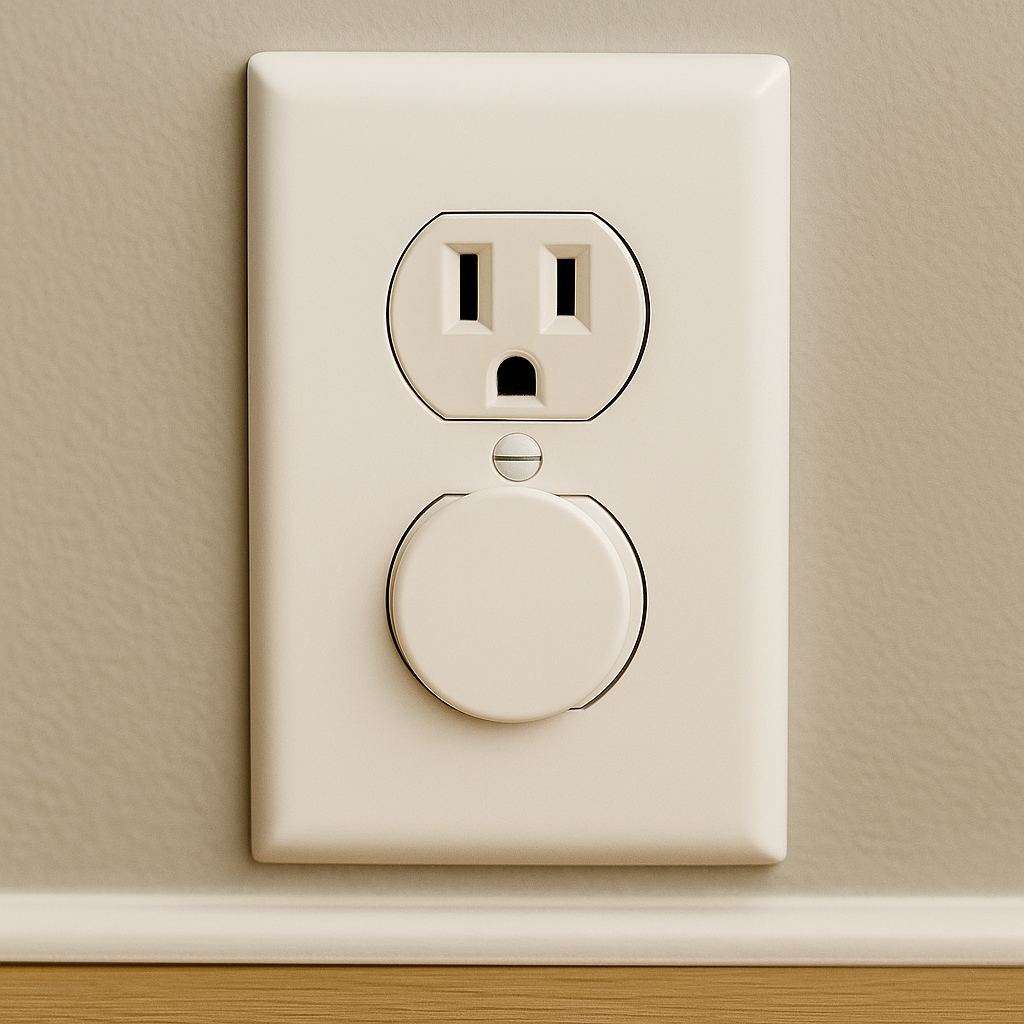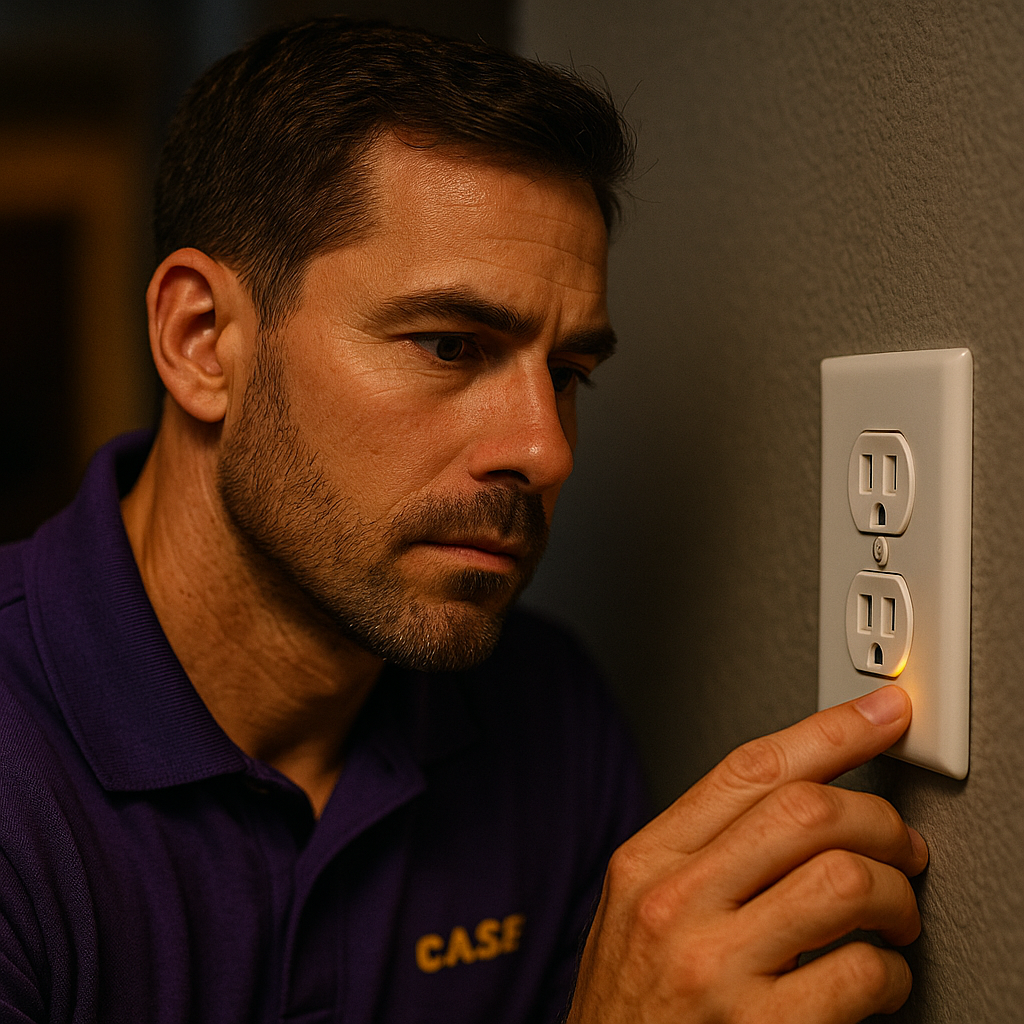Why Regular Electrical Maintenance Can Save You Money
Introduction
Every homeowner dreads that unsettling moment when the lights flicker without warning, an outlet emits a spark, or a breaker trips, events that not only disrupt daily life but can also lead to costly emergency repairs. Unfortunately, many people wait for these problems to happen before seeking professional help, often turning what could have been a quick, inexpensive fix into an urgent, expensive ordeal.
Now, imagine taking a proactive approach, treating your home’s electrical system with the same care and attention as you would a finely tuned engine. Regular inspections can detect loose connections before they overheat, uncover hidden wiring damage before it causes sparks, and verify that critical safety devices such as ground-fault circuit interrupters (GFCIs) and arc-fault circuit interrupters (AFCIs) are functioning exactly as they should.
By partnering with a licensed electrician for a recurring maintenance schedule, you do more than prevent inconvenient outages, you actively protect your home from fire hazards, reduce emergency call-out fees, lower your monthly utility bills by correcting inefficient wiring and outdated fixtures, and extend the lifespan of costly appliances. In this article, we’ll explore the many financial and operational benefits of routine electrical maintenance, from avoiding steep repair costs to boosting your home’s resale value, proving that a small, consistent investment today can yield substantial savings, enhanced safety, and long-term peace of mind.
Table of Contents
Introduction
Why Preventive Maintenance Matters
- Catching Small Issues Early
- Avoiding After-Hours Emergency Fees
How Maintenance Lowers Energy Costs
- Reducing Electrical Resistance
- Upgrading to Efficient Fixtures
Extending Equipment Lifespan
- Protecting Breakers & Panels
- Safeguarding Major Appliances
Staying Compliant & Insured
- Meeting Code Requirements
- Earning Insurance Discounts
Maximizing Home Value
Partnering with Licensed Professionals
Conclusion
FAQs
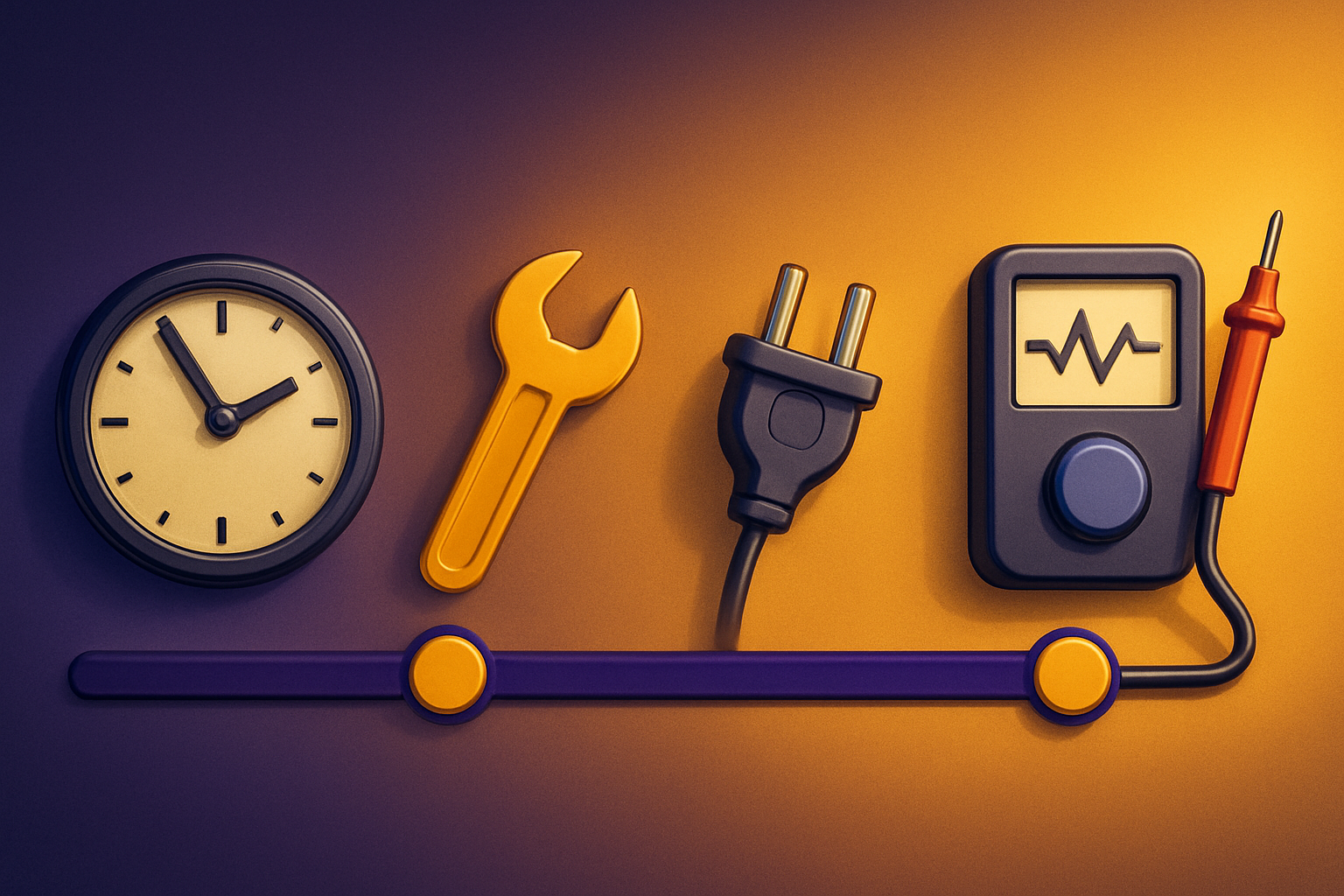
Why Preventive Maintenance Matters
Catching Small Issues Early
During a preventive maintenance visit, a licensed electrician will perform a careful visual inspection of every accessible wire, outlet, and breaker connection. Over time, normal thermal expansion and contraction cause fasteners to loosen and insulation to wear. Spotting a slightly corroded terminal or a hairline crack in wire insulation allows for a quick repair, such as re-torquing a lug or replacing a short cable segment, before it escalates into an arcing fault or fire hazard. This early intervention not only preserves the integrity of your system but also prevents the steep costs associated with emergency breakdowns or extensive damage remediation.
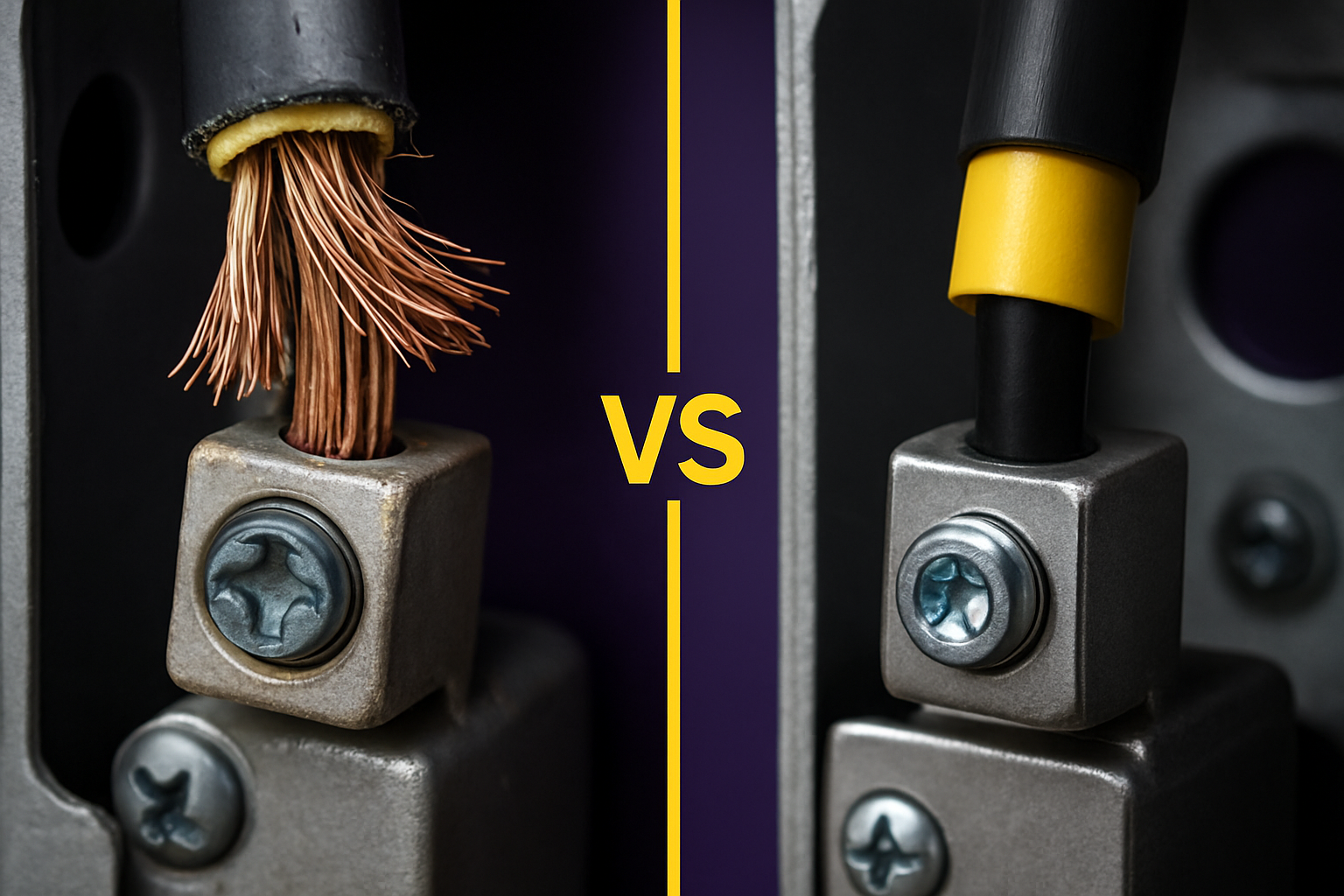
Avoiding After-Hours Emergency Fees
When an electrical failure happens at night or on weekends, many contractors apply premium “emergency” rates that can be up to twice the standard hourly labor charge. By scheduling regular maintenance visits during normal business hours, you sidestep these after-hours fees entirely. Instead of paying a rush-call surcharge when a circuit overloads unexpectedly, a planned inspection lets you spread the cost of service evenly and often locks in a more favorable flat rate. Over years of homeownership, those savings on call-out premiums can easily cover the cost of multiple maintenance visits.
How Maintenance Lowers Energy Costs
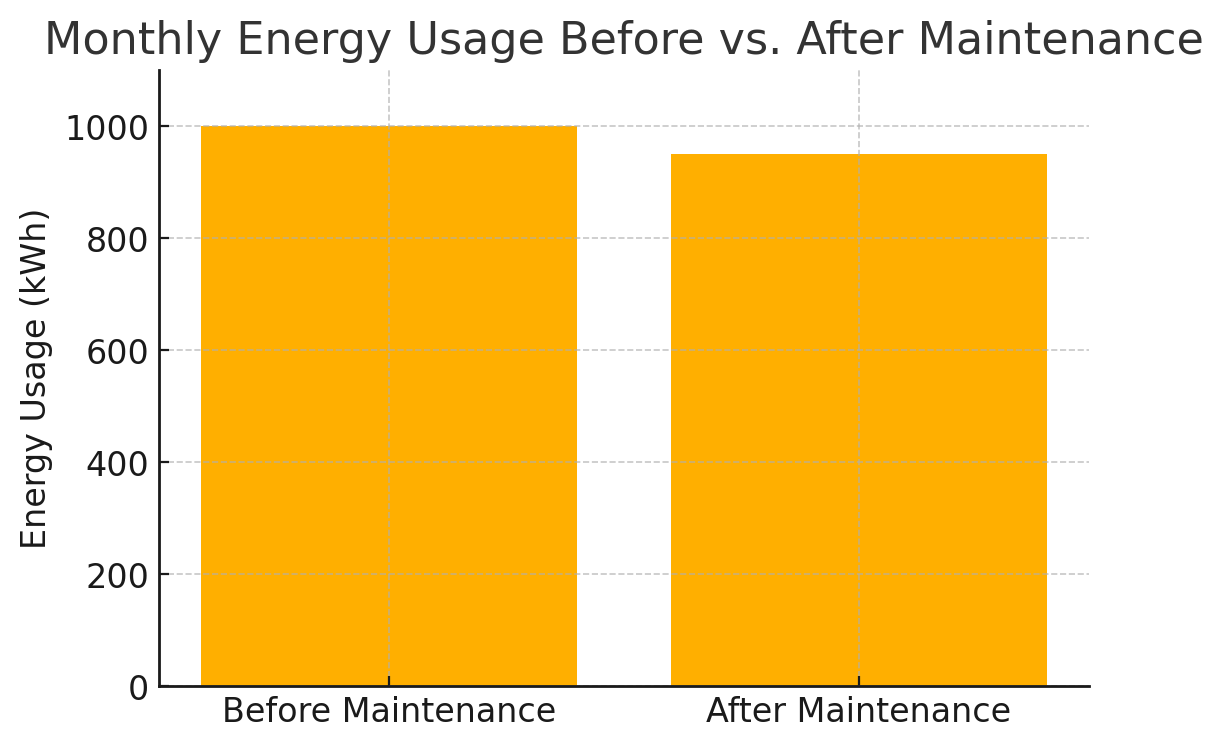
Reducing Electrical Resistance
Loose or oxidized connections introduce unwanted resistance into a circuit, forcing your electrical system to draw additional current to deliver the same power. That extra amperage translates directly into higher kilowatt-hour usage and a larger monthly utility bill. A maintenance technician will clean and tighten every terminal, ensuring that electricity flows smoothly with minimal voltage drop. Restoring proper conductivity not only safeguards against overheating but typically yields an immediate 2–5 percent reduction in energy consumption.
Upgrading to Efficient Fixtures
A comprehensive maintenance visit is also an opportunity to reassess the efficiency of your lighting and controls. Modern LED bulbs consume up to 75 percent less power than incandescent lamps, and smart switches or occupancy sensors automatically shut off lights in unused rooms. Your electrician can retrofit existing fixtures, install programmable thermostats, or recommend high-efficiency motor replacements in HVAC systems. These targeted upgrades often carry utility rebates and pay for themselves within a year or two through lower electric bills.
Extending Equipment Lifespan
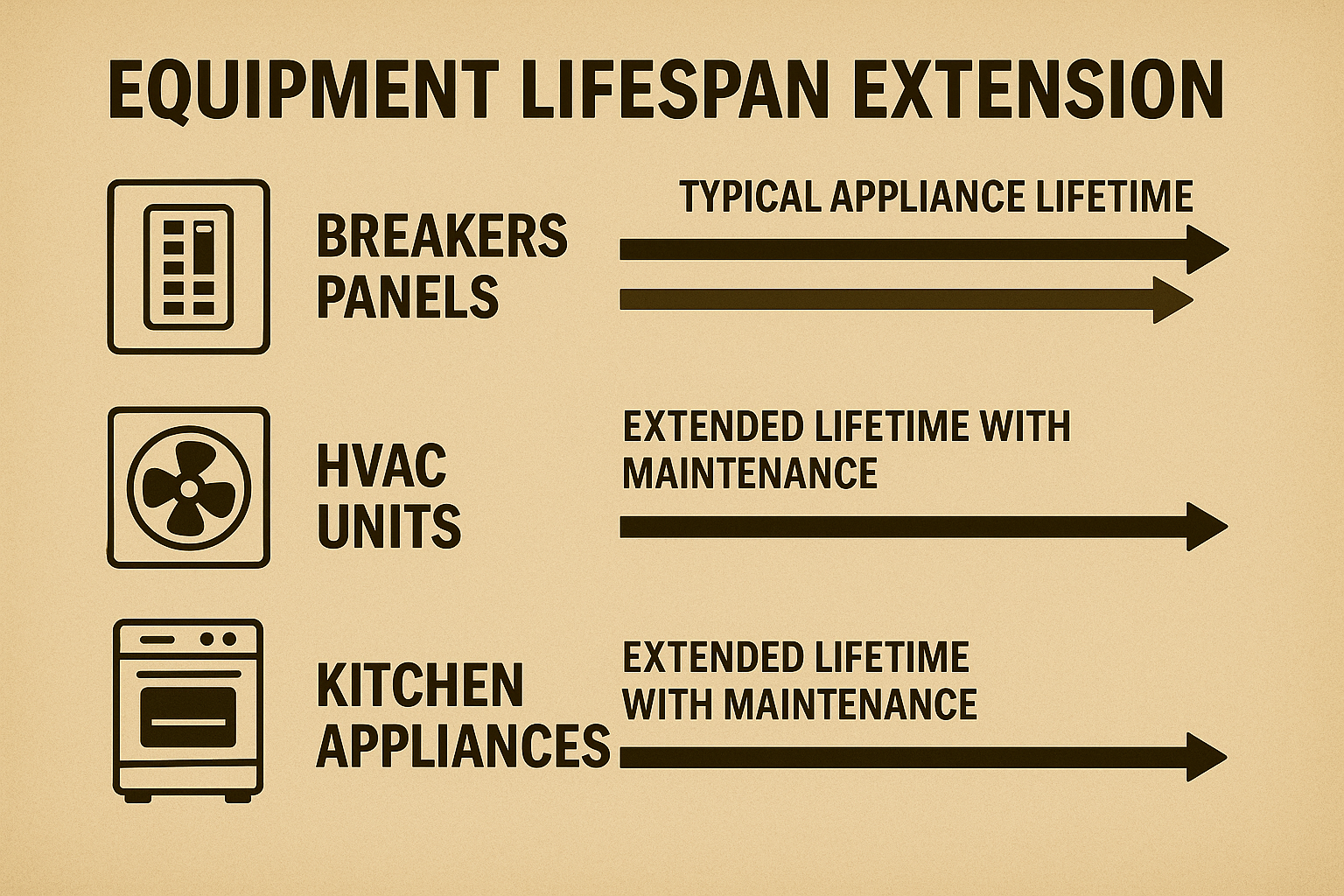
Protecting Breakers & Panels
Electrical panels endure constant thermal and mechanical stress as loads cycle on and off. Over time, breakers may lose their trip accuracy or bus connections may loosen. By employing infrared thermal imaging during maintenance, an electrician can pinpoint “hot spots” and replace aged breakers or tighten bus bar connections before they fail catastrophically. Preventing a panel meltdown not only avoids the inconvenience of a complete system shutdown but also spares you the expense of installing an entirely new distribution board.
Safeguarding Major Appliances
Large appliances such as refrigerators, washing machines, and air conditioners rely on stable voltage to operate efficiently. Voltage sags and brown-out conditions can shorten the life of compressor motors and sensitive electronic controls. During maintenance, your electrician performs load-balance assessments to ensure that no single circuit is overtaxed and that voltage remains within safe limits. This stability reduces wear on appliance components and can extend their service life by several years, delaying costly replacements.
Staying Compliant & Insured
Meeting Code Requirements
Electrical codes evolve continually to incorporate new safety technologies and practices. An electrician conducting maintenance will flag any outdated wiring, missing ground‐fault circuit interrupters (GFCIs) in wet areas, or lack of arc‐fault circuit interrupters (AFCIs) in living spaces. By addressing these code gaps proactively, you avoid the rush of corrective work that lenders or appraisers might demand prior to a home sale or refinance, and you ensure your system meets the latest National Electrical Code and local amendments.
Earning Insurance Discounts
Insurance companies view regularly serviced homes as lower risk for fire or equipment-failure claims. Upon completion of each maintenance visit, request a written report detailing the inspection findings and any corrective actions taken. Providing that documentation to your insurer can qualify you for reduced premiums or credits, effectively turning your maintenance investment into ongoing policy savings.
Maximizing Home Value
A recent, professional electrical inspection report enhances buyer confidence by demonstrating that your home’s wiring and systems are in excellent condition. Real estate agents and appraisers routinely weigh these certifications when evaluating properties. A well-maintained electrical system can accelerate the sales process and justify a higher asking price, often recouping many times the expense of routine upkeep.
Partnering with Licensed Professionals
While minor tasks, like swapping a receptacle or resetting a breaker, may seem do-it-yourself friendly, they cannot substitute for a full electrical health assessment. Licensed electricians bring specialized tools such as infrared thermal cameras, circuit analyzers, and calibrated torque wrenches to every maintenance call. They deliver a detailed safety report outlining prioritized recommendations and cost estimates, ensuring that every corrective action meets code and best-practice standards. Engaging certified professionals protects your family, preserves your investment, and maximizes the return on your maintenance dollars.
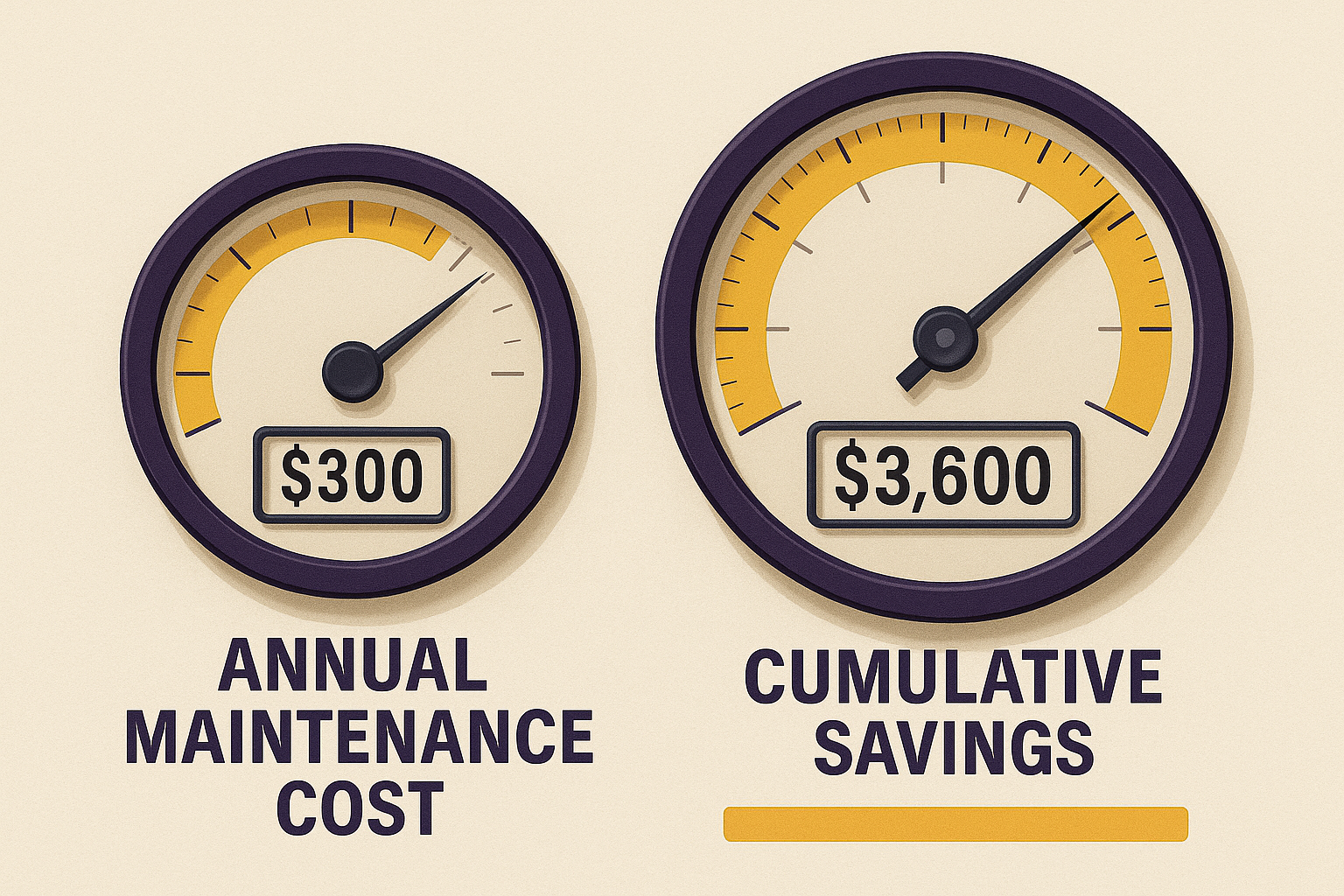
Conclusion
Opting for regular electrical maintenance turns your home’s wiring from a hidden liability into a well-managed, long-term asset. Routine inspections catch minor issues, like frayed insulation, corroded terminals, and overloaded circuits, before they escalate into dangerous fire hazards or costly equipment failures.
By tightening connections and recommending smart upgrades such as LED retrofits, advanced controls, and balanced load distribution, you can lower your monthly energy consumption by up to 10 percent. Staying compliant with safety requirements like GFCIs in wet areas and AFCIs in living spaces not only protects your family but also helps secure insurance premium discounts and ensures smoother real estate transactions when it’s time to sell.
With over a decade of experience serving Grass Valley and Nevada County, Ryan Truocchio and his team at C.A.S.E. Contracting Inc. deliver expert maintenance backed by industry-leading tools, precise workmanship, and a personal commitment to your home’s safety and efficiency. Every documented inspection provides proof of care that builds buyer confidence and can increase your property’s resale value.
Don’t wait for an unexpected outage or an expensive emergency repair. Schedule your comprehensive electrical inspection today with C.A.S.E. Contracting Inc., and enjoy years of safe, reliable performance, lower operating costs, and the peace of mind that your home’s most vital system is in expert hands.
Helpful Links for You
Electrical Troubleshooting Basics
The #1 Mistake Homeowners Make | DIY Electrical
How To Repair Damaged Romex | 3 Easy DIY Fixes
FAQs
How often should I schedule electrical maintenance?
Annual inspections are recommended for most households, while older homes or high-usage systems may benefit from twice-yearly checks to address wear-and-tear issues promptly.
What exactly does a standard maintenance check include?
A comprehensive visit covers visual wiring inspection, torque-checking of breakers, infrared thermal imaging of the panel, ground-fault and arc-fault device testing, load-balancing analysis, and a written report outlining any recommended upgrades.
Can I handle any of these maintenance tasks myself?
Simple activities like resetting a tripped breaker or replacing a standard light bulb are acceptable for homeowners. However, tasks involving panel access, thermal imaging, or code-required safety devices should always be performed by a licensed electrician.
Will preventive maintenance really translate into lower energy bills?
Yes. Tightening loose connections and replacing outdated incandescent bulbs with LEDs can reduce energy usage by up to 10 percent. Installing smart controls and occupancy sensors further enhances savings.
Is there any financial incentive to maintain my electrical system?
While the maintenance cost itself isn’t tax-deductible, many insurance carriers offer premium discounts for documented inspections, and utility companies often provide rebates on recommended energy-efficiency upgrades.


